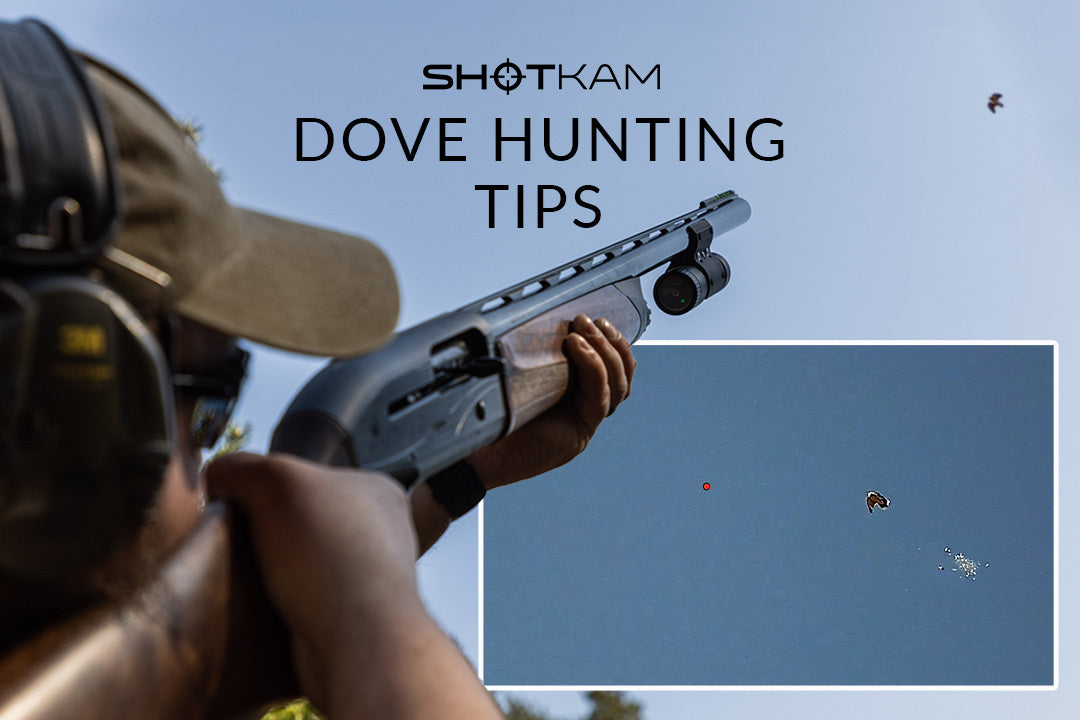For hunters, the ability to track wounded game is a crucial skill that ensures responsible hunting practices. Mastering blood trailing can make the difference between a successful hunt and a lost opportunity. This guide provides hunters with the essential knowledge to refine their tracking skills, ensuring ethical hunting and the successful retrieval of game.
Understanding the Basics of Blood Trailing

Blood trailing is the process of following a wounded animal by tracking the blood it leaves behind. This skill is essential for hunters to recover their game efficiently and ethically. Understanding blood trailing begins with recognizing the significance of the shot placement, which greatly affects the animal’s bleeding patterns and the ease of tracking. A well-placed shot can lead to a quick recovery, while a poorly placed one can extend the trail and complicate the retrieval process.
Recognizing different types of blood is fundamental for effective tracking. Bright red blood often indicates a hit to a major artery, suggesting the animal may not travel far. Dark red or brownish blood might signify a muscle wound, potentially leading to longer trails. Bubbles in the blood are indicative of a lung hit, which usually results in quick incapacitation. Understanding these subtleties allows hunters to anticipate the animal’s movements and adjust their tracking strategy accordingly.
It’s also important for hunters to be aware of environmental factors that can affect blood trails. Weather conditions, such as rain, can wash away tracks, while dense foliage or dry ground can absorb or obscure blood. Learning to anticipate these challenges and adapt accordingly is crucial for effective blood trailing. A thorough understanding of the basics is the foundation upon which more advanced tracking skills are built.
Tools and Techniques for Effective Tracking
![]()
To enhance their blood trailing capabilities, hunters should equip themselves with essential tools. A good quality flashlight or headlamp is invaluable for tracking during low-light conditions, allowing hunters to spot blood and other signposts more easily. Colored lens filters can help to improve blood visibility against varied backgrounds. Additionally, using flagging tape to mark the trail can prevent hunters from losing their place and help them backtrack if necessary.
While tools play a critical role, developing a keen eye for detail is equally important. Hunters should practice identifying subtle signs such as broken twigs, scuffed ground, and disturbed leaves, which can all indicate an animal’s path. Learning to read these clues in conjunction with blood trails will enhance a hunter’s ability to predict the wounded animal’s movements and direction.
Tracking techniques also involve patience and methodical progress. Rushing can lead to missed signs or inadvertently spooking the wounded animal, prolonging the chase. Hunters should meticulously examine the area for blood or other signs before moving forward. If the trail becomes faint, they should return to the last known spot and conduct a careful, circular search to rediscover the path. These techniques require practice but can significantly increase the success rate of recovering game.
Advanced Strategies for Successful Hunts

For hunters looking to refine their blood trailing skills, implementing advanced strategies can lead to more successful outcomes. One such strategy is understanding animal behavior post-shot. Each species reacts differently when wounded, and knowledge of these reactions can provide insights into the direction and distance the animal may travel. Studying specific game behavior enriches a hunter’s ability to predict and intercept the animal efficiently.
Another advanced technique involves using technology to support traditional tracking methods. GPS devices and apps designed for hunters can help map trails and mark significant clues, aiding in the recovery process. Drone technology, where legal and appropriate, can also offer aerial viewpoints to locate downed game in challenging terrains. Integrating these technologies can greatly enhance traditional tracking efforts, making the hunt more efficient and successful.
Finally, engaging with tracking dogs can be a game-changer for many hunters. Trained dogs possess an acute sense of smell that can pick up trails even when visible signs are scarce. Working with a dog requires understanding their cues and building a rapport, but their involvement often leads to quicker recovery times and greater success in finding wounded game. These advanced strategies, when combined with solid fundamentals, can elevate a hunter’s blood trailing prowess to new heights.
Mastering blood trailing is an essential skill that blends knowledge, patience, and practice. By understanding the basics, employing the right tools, and embracing advanced strategies, hunters can improve their success rates and ensure more ethical hunting practices. This guide serves as a stepping stone for hunters aiming to refine their tracking abilities, contributing to a more responsible hunting experience and greater respect for wildlife.



